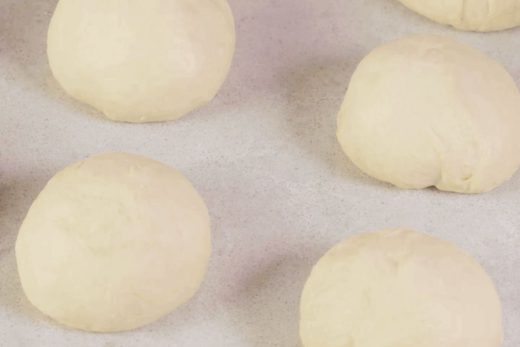Floor or table lamps can last for years intact and in good working order. But eventually, they may need to be rewired. Rewiring a lamp is a simple project that can revitalize your lamp and make it new again—and far safer—for very little money or effort.
Basics of Rewiring a Lamp
Lamp rewiring may be necessary due to abuse from small children or pets or simply from continuous use over time. Cords often become frayed near the plug end. Floor lamps‘ cords especially are impacted by foot traffic. Or you might purchase a vintage lamp and want to rewire it for safety or just for a different look.
The good news about rewiring a lamp is that manufacturers have already anticipated homeowners’ and crafters’ needs to rewire a lamp or adapt a lamp for new use. You do not have to purchase individual parts and figure out how to make them work together; the work has been done for you.
Lamp kits can be purchased at your local home center or crafts store. Most lamp kits feature:
- 8-foot minimum cord length, especially for floor lamps
- 18-gauge wire
- Plug molded into place at the end of the wire
- Replacement harp that fits into the socket and which will accept the lampshade
- Socket rated at 660 watts / 250 volts
- Socket that accepts a standard base bulb, 150 watts maximum
Safety Considerations
Make sure that the lamp is unplugged before working on it. After the repair but before testing the lamp, the lamp must be fully assembled.
What You’ll Need
Equipment / Tools
- Wire stripper
- Utility knife
- Pliers
- Clean towels
- Screwdrivers
Materials
- Lamp rewiring / making kit
- Electrical tape
Instructions
- Prepare the Work Area
Clear off a table or a desk for the rewiring project. Make sure you have a good light source. Lay out the towels on the table, both to protect the lamp and the surface, and to prevent the lamp from rolling. Keep your tools nearby for ready access. - Remove the Lampshade and Bulb
Unplug the lamp. Remove the lightbulb from the lamp. By hand, counter-clockwise unscrew the finial from the top in order to lift off the lampshade. - Remove the Harp
The harp is the metal stanchion surrounding the lightbulb that holds the lampshade. Remove the harp by gently pushing the two ends together while pulling straight upward. - Remove the Lamp’s Protective Base
Many lamps have a base at the very bottom that is meant to protect tables or floors. Often, this protective base is made of felt-lined cardboard, especially with vintage lamps. Carefully pry the protective base off of the bottom of the lamp. - Loosen the Socket
On the side of the socket (at the top of the lamp) will be a screw holding the socket in place. Loosen this screw with the screwdriver. Remove the screw. Unscrew the socket counter-clockwise but leave it in place. - Pull the Wire Out of the Lamp
At the bottom of the lamp, use the cutting section of the wire stripper to cut off the electrical cord, leaving about 2 inches of extra wire. Holding the socket, pull the socket and attached wire out. - Remove the Socket From the Shell
With the flathead screwdriver, pop open the outer metal socket shell to expose the inner socket. Remove the socket shell from the socket. - Push the New Wire Inside
Slide the new electrical cord through the lamp’s center post, leading with the exposed end of the cord. Secure the wires by tying them into an Underwriter’s knot.
Tip
Make sure that about 6 inches of wire extends at the other end of the center post to provide yourself with ample working room. You can trim off the excess wire as is needed. - Attach the Wires to the Socket
If the ends of the wires are not exposed, strip them with the wire stripper. Attach the exposed wires to the terminals on the new socket. Use the screwdriver to screw the wires into the terminals.
Usually the socket has a silver-colored screw and a brass-colored screw. The silver is for the neutral wire, and brass is for the hot wire. If your cord is clear, the copper-colored wire is hot, and the silver wire is neutral. If the cord is white, brown or black, the wire with the smooth surface is hot, and the one with ribs is the neutral. - Reassemble the Socket and Lamp
Reassemble the socket shell around the socket. Screw the socket onto the lamp. Pull excess cord out of the bottom of the lamp. Replace the harp, then replace the protective base at the bottom. You may need to glue the protective base to the bottom of the lamp.
When to Call a Professional
Contact a lighting specialist to help with rewiring fragile or especially valuable or old lamps. While you can rewire these lamps using the same method detailed here, you may want to afford a special lamp with the care that a professional can provide.





